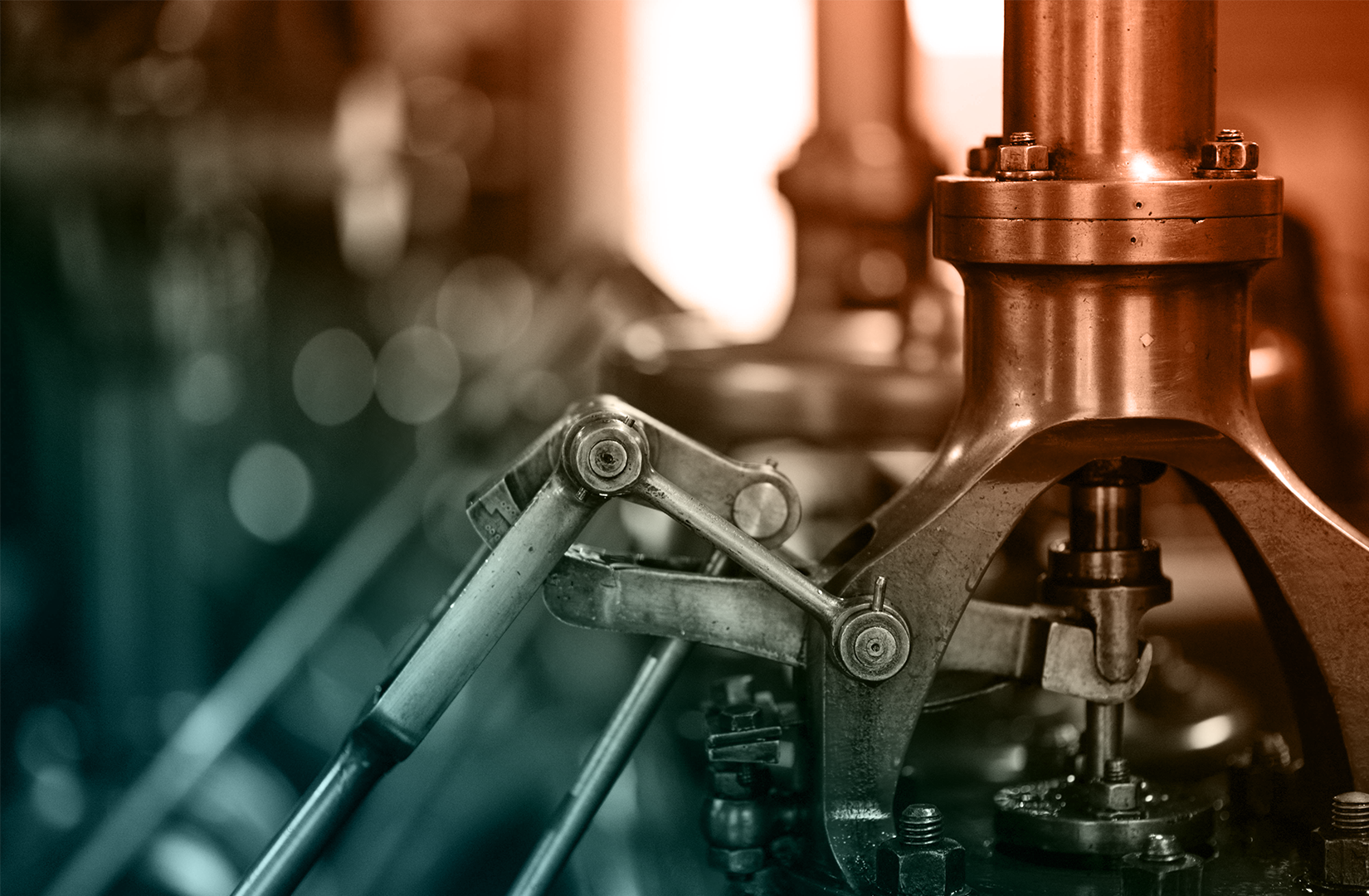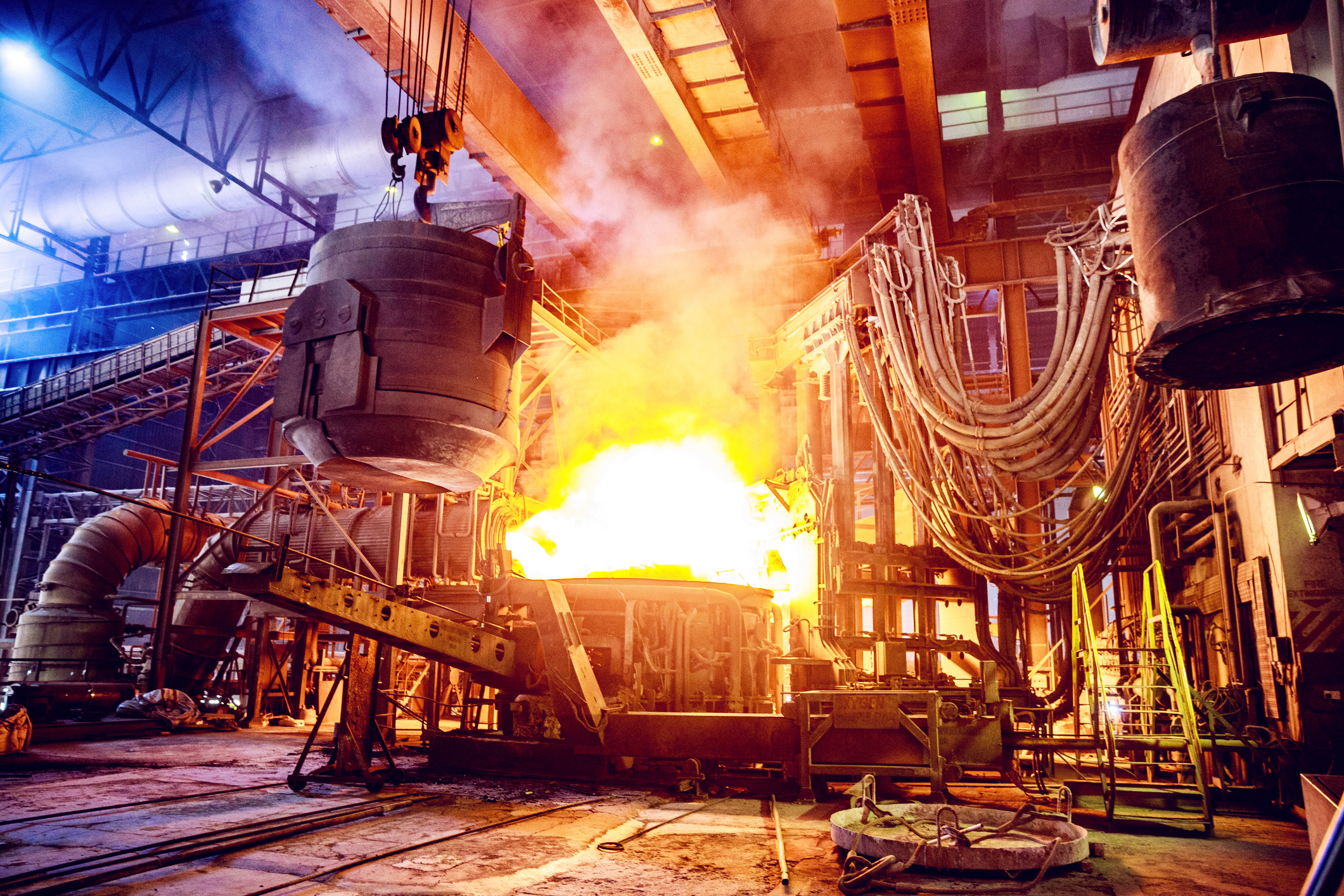
Low Temperature Elastomers for Cold and Cryogenic Applications
In low temperature environments, standard elastomers become brittle, lose elasticity, and fail to maintain a reliable seal. That’s why specialized low temperature elastomers are essential for applications that demand flexibility and sealing performance in extreme cold—down to -30°C and beyond. From O-rings and custom molded parts to flexible tubing, these materials are formulated to retain their properties in sub-zero conditions and cryogenic systems.
Canyon Components offers a range of cold-resistant elastomers, including advanced blends of Silicone, FKM, FFKM, Teflon Encapsulated Steel Spring O-rings, and PTFE Spring Energized Seals, ideal for temperatures as low as -268°C.
Check with one of Canyon’s helpful product engineers for an expert material and manufacturing recommendation.

Features of Low Temperature Elastomers
- Cold Flexibility: Designed to remain pliable and elastic in environments below -30°C, ensuring leak-free performance during startup and steady-state operation.
- Cryogenic Capabilities: Select materials like PTFE Spring Energized Seals and Teflon Encapsulated Steel Spring O-rings perform at temperatures as low as -268°C, suitable for liquid nitrogen and other cryogenic media.
- Resilient Sealing: Maintain compression set resistance and sealing force even after temperature cycling and prolonged exposure to cold.
- Material Versatility: Available in standard and custom O-rings, molded parts, and extruded tubing to suit both static and dynamic sealing needs.
- Chemical Compatibility: Many cold-resistant elastomers also offer excellent resistance to fuels, oils, and cryogenic fluids.
Common Applications
- Aerospace & Aviation: Cold-weather aircraft systems, high-altitude seals, and rocket fuel lines require reliable performance at extreme altitudes and temperatures.
- Cryogenics & LNG: Sealing systems for liquid nitrogen, liquid oxygen, and liquefied natural gas (LNG) equipment operating at temperatures below -150°C.
- Automotive & EV Systems: Battery enclosures, coolant seals, and HVAC systems in electric and hybrid vehicles exposed to sub-zero climates.
- Scientific Research: Laboratory equipment and instruments that must maintain vacuum integrity or fluid handling in ultra-cold test chambers.
- Oil & Gas: Seals for arctic exploration tools, pipeline systems, and offshore drilling equipment exposed to freezing environments.
Please consult a Canyon Components Engineer about your specific application and we will use our decades of experience to formulate a solution that fits your need.
Get a Quote Now!
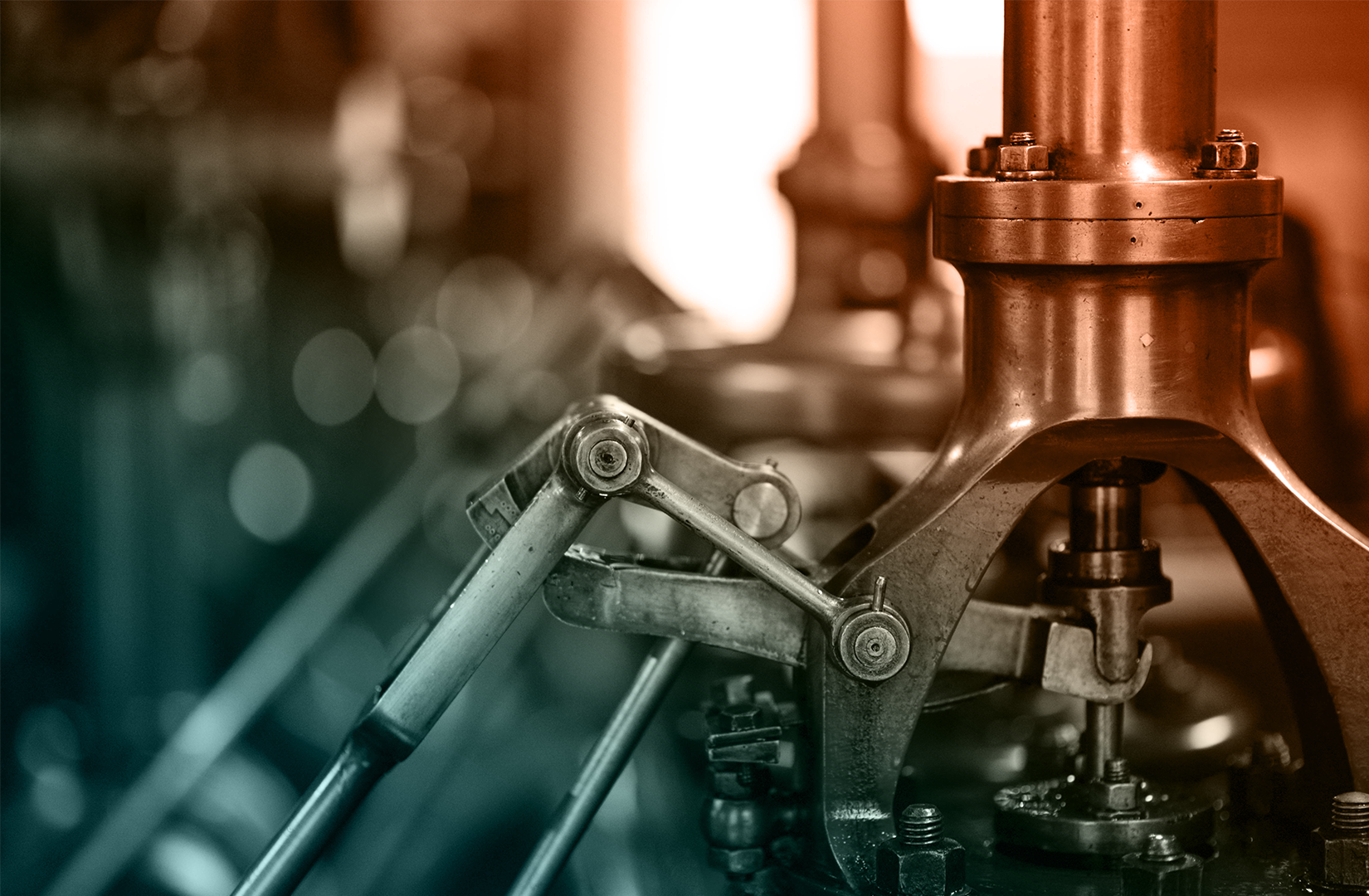
Low Temperature Materials Available
This table shows many of our standard materials and links out to our O-ring store. Get in touch with us if you need a custom gasket, custom molded part, or non-standard geometry!
Filter by
Temperature Search (°C)
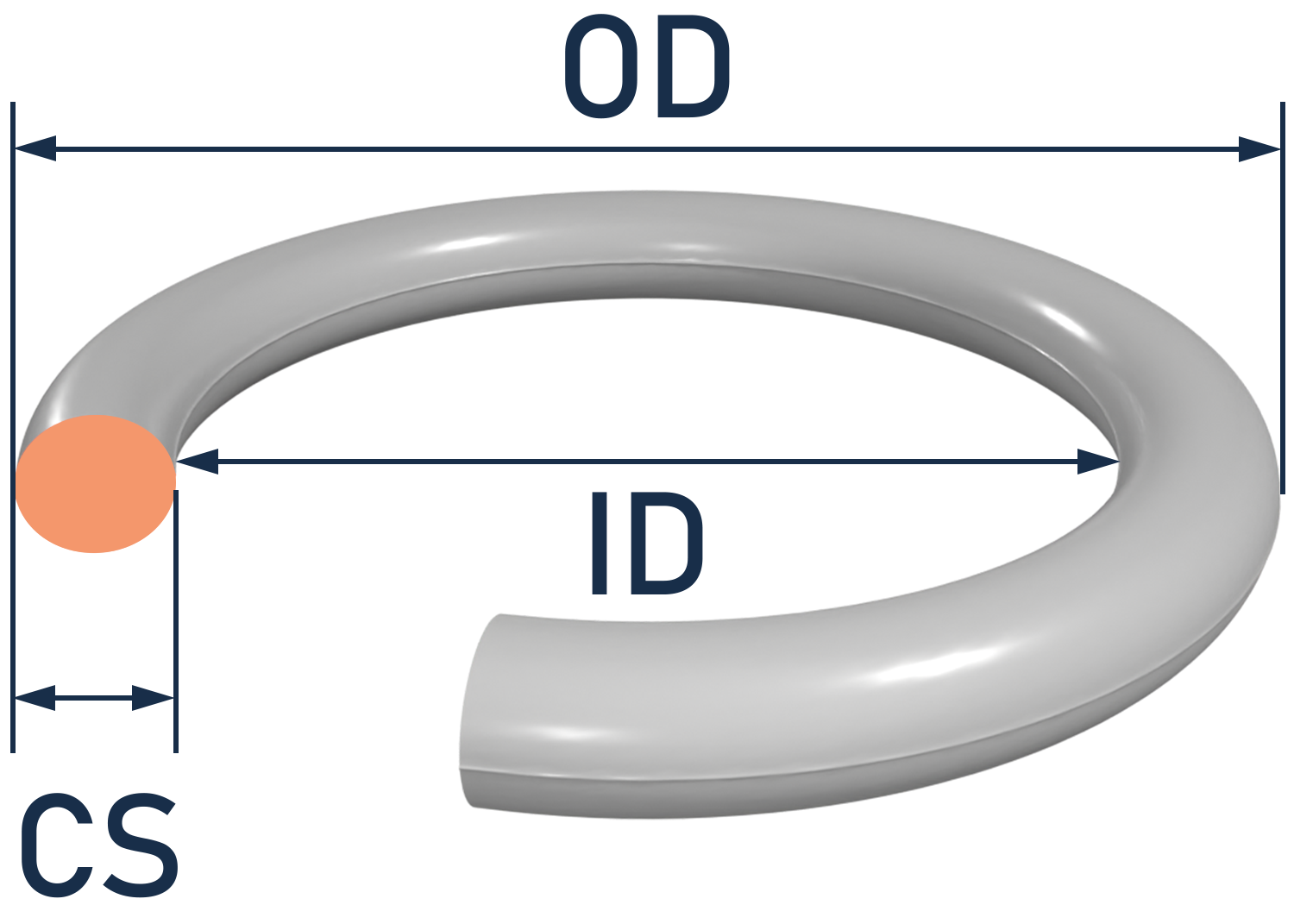
Pros and Cons of Low Temperature Elastomers
Canyon Components provides expertly engineered low temperature elastomer solutions for critical sealing applications in aerospace, cryogenics, energy, and more. Our lineup includes industry-proven compounds and advanced composite designs like Teflon Encapsulated O-rings and PTFE Spring Energized Seals, backed by technical support and custom manufacturing capabilities.
Whether you need standard cold-resistant O-rings, custom-molded seals, or cryogenic tubing, Canyon Components delivers performance, reliability, and peace of mind—even in the coldest environments. Contact us today for technical guidance or a custom material recommendation tailored to your application.
Canyon Components strives to meet all customer service requests. Feel free to contact Canyon Components engineering and let our knowledgeable staff help you design the perfect part for your needs.
Pros of Low Temperature Elastomers
- Maintain flexibility and elasticity at temperatures far below freezing
- Resist cracking, shrinkage, and compression set under cold conditions
- Available in multiple forms: O-rings, tubing, and custom molded parts
- Options available for both chemical exposure and dynamic sealing
- Long service life in cryogenic and low-temp cycling environments
Cons of Low Temperature Elastomers
- Limited rebound at room temperature for some materials (e.g., PTFE-based options)
- Higher material and production cost for ultra-low temperature grades
- Custom formulations may require extended lead times or special tooling
- Not all low-temp elastomers offer simultaneous high-temp or high-pressure performance
Back to Elastomers Hub
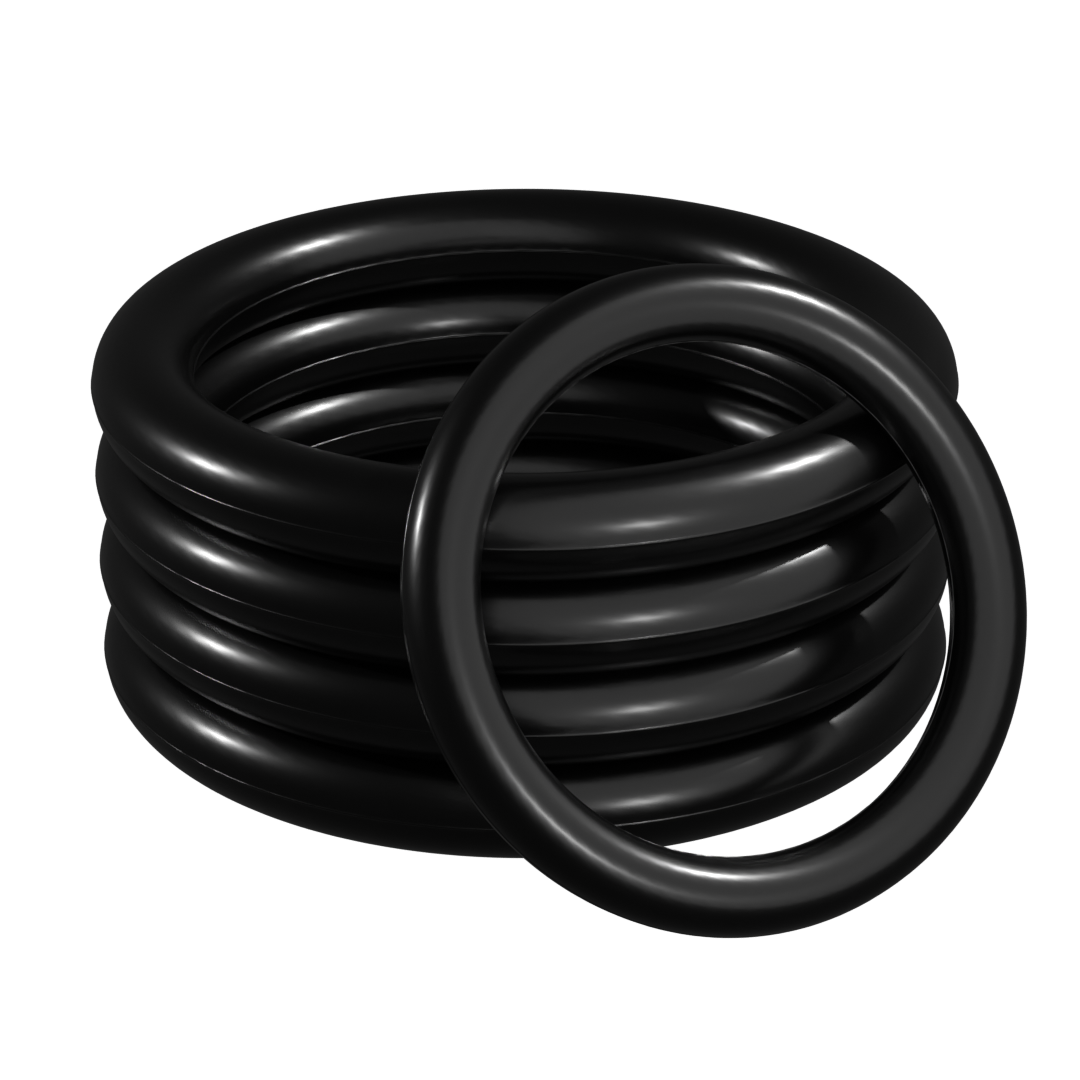
Get A Quote Now!
